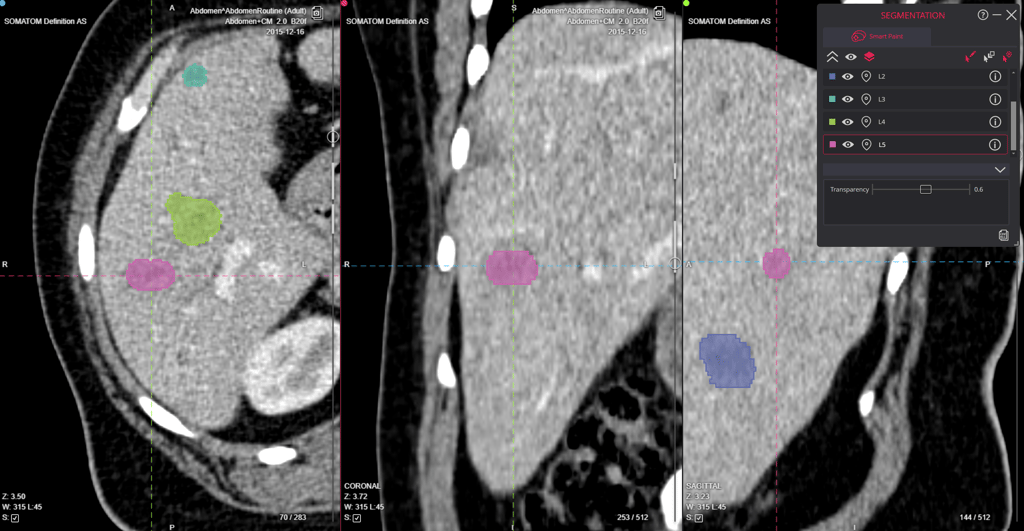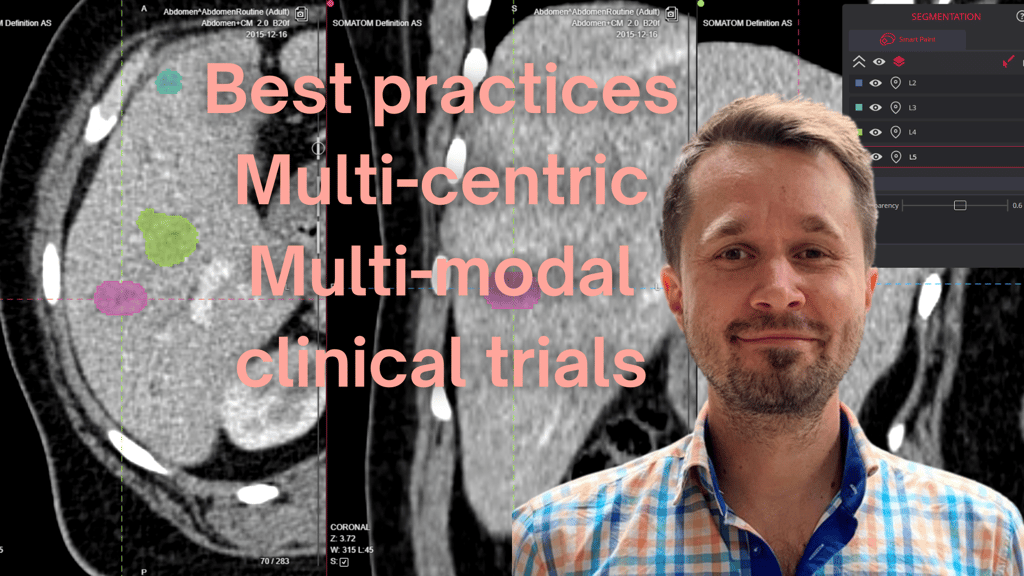Understanding Good Clinical Practice (GCP) in Imaging: An In-Depth Exploration

Good Clinical Practice (GCP) serves as the cornerstone for maintaining ethical, scientific, and quality standards in clinical research. As imaging technologies continue to evolve and play an increasingly pivotal role in clinical trials, a thorough understanding and meticulous implementation of GCP principles in imaging have become paramount. This comprehensive guide delves deep into the nuances of GCP in imaging, recent developments, and best practices for researchers, clinicians, and healthcare professionals.
Defining Good Clinical Practice (GCP) in Imaging
Good Clinical Practice (GCP) in imaging refers to the application of international ethical and scientific quality standards to the design, conduct, performance, monitoring, auditing, recording, analysis, and reporting of clinical trials involving medical imaging. These standards ensure the protection of trial subjects' rights, safety, and well-being, while guaranteeing the credibility and accuracy of imaging data generated.
Read Also: Global Regulatory Compliance in Medical Imaging
The Critical Importance of GCP in Imaging Clinical Trials
As imaging becomes increasingly central to clinical research, adherence to GCP principles is crucial for several reasons:
- Ensuring Data Integrity: GCP guidelines help maintain the quality and reliability of imaging data collected during trials.
- Protecting Patient Safety: By standardizing procedures and ensuring proper equipment calibration, GCP minimizes risks to trial participants.
- Regulatory Compliance: Following GCP standards helps ensure that imaging data will meet regulatory requirements for drug and device approvals.
- Enhancing Reproducibility: Standardized practices improve the reproducibility of imaging results across different sites and studies.
- Building Trust: Adherence to GCP principles builds trust among patients, regulators, and the scientific community.
Read Also: FDA Guidelines for Imaging Trials: Ensuring Quality and Safety in Clinical Research
Regulatory Bodies Overseeing GCP in Imaging
Several regulatory bodies play crucial roles in overseeing and enforcing GCP standards in imaging:
-
Food and Drug Administration (FDA): In the United States, the FDA provides guidance on GCP implementation in clinical trials, including those involving imaging.
-
European Medicines Agency (EMA): The EMA oversees GCP compliance in clinical trials conducted within the European Union, including imaging-based studies.
-
International Conference on Harmonisation (ICH): The ICH develops global GCP guidelines that are widely adopted by regulatory agencies worldwide.
-
World Health Organization (WHO): The WHO provides international standards for the ethical conduct of research involving human subjects, including imaging studies.
-
National Regulatory Agencies: Many countries have their own regulatory bodies that oversee GCP implementation in clinical trials, such as the Medicines and Healthcare products Regulatory Agency (MHRA) in the UK.
Key Principles of GCP in Imaging
To effectively implement GCP in imaging clinical trials, researchers and clinicians should focus on the following key principles:
1. Standardized Image Acquisition
Consistency in image acquisition is crucial for reliable data. This involves:
- Using standardized imaging protocols across all trial sites
- Ensuring proper calibration and maintenance of imaging equipment
- Training personnel on correct imaging procedures
2. Data Privacy and De-identification
Protecting patient privacy is paramount. This includes:
- Removing all personally identifiable information from images
- Implementing secure systems for image storage and transfer
- Ensuring compliance with data protection regulations like GDPR and HIPAA
3. Quality Control and Assurance
Maintaining high-quality imaging data throughout the trial is essential:
- Implementing regular quality checks on imaging equipment
- Conducting periodic audits of imaging procedures and data
- Establishing clear protocols for addressing quality issues
4. Centralized Image Analysis
To reduce variability and bias, many trials now employ centralized image analysis:
- Using specialized imaging core labs for consistent interpretation
- Implementing blinded review processes to minimize bias
- Utilizing advanced software for automated analysis when appropriate
Read Also: Choosing a Title 21 CFR Part 11 and EU Annex 11 Compliant Medical Imaging Clinical Trial Platform
Challenges in Implementing GCP Across Different Imaging Modalities
Each imaging modality presents unique challenges for GCP implementation:
-
Magnetic Resonance Imaging (MRI):
- Standardizing protocols across different scanner manufacturers
- Managing large data volumes
- Ensuring consistent image quality despite variations in magnetic field strength
-
Computed Tomography (CT):
- Balancing image quality with radiation exposure
- Standardizing contrast agent usage
- Addressing variability in reconstruction algorithms
-
Positron Emission Tomography (PET):
- Standardizing radiotracer production and administration
- Managing short half-lives of radiotracers
- Harmonizing quantitative measurements across different scanners
-
Ultrasound:
- Addressing operator-dependent variability
- Standardizing image acquisition techniques
- Ensuring consistent interpretation of dynamic images
-
X-ray and Fluoroscopy:
- Minimizing radiation exposure while maintaining image quality
- Standardizing positioning and technique across sites
- Managing variability in image processing algorithms
Recent Developments in GCP for Imaging
The field of GCP in imaging is continuously evolving. Some recent developments include:
1. Integration of Artificial Intelligence (AI)
AI and machine learning are increasingly being used in image analysis, offering potential benefits such as:
- Improved consistency in image interpretation
- Faster analysis of large imaging datasets
- Detection of subtle changes that may be missed by human readers
However, the use of AI in clinical trials also presents new challenges for GCP, including the need for validation of AI algorithms, ensuring reproducible results managing code versions and runtime and ensuring transparency in AI-assisted decision-making.
2. Advanced Imaging Biomarkers
As noted in a study published in the Journal of Digital Imaging, there is an increasing focus on developing and validating advanced imaging biomarkers for use in clinical trials. This trend requires:
- Standardization of biomarker measurement techniques
- Development of robust quality control processes for new biomarkers
- Clear guidelines for the interpretation and reporting of novel imaging endpoints
Best Practices for Implementing GCP in Imaging Clinical Trials
To ensure compliance with GCP principles in imaging-based clinical trials, consider the following best practices:
-
Comprehensive Training:
- Develop a structured, role-specific GCP training program for all staff involved in imaging procedures.
- Implement regular refresher courses and assessments to maintain high standards.
-
Detailed Imaging Manuals:
- Create comprehensive, modality-specific imaging manuals that outline standardized procedures for image acquisition, transfer, and analysis.
- Include troubleshooting guides and FAQs to address common issues.
-
Regular Audits:
- Conduct periodic internal and external audits of imaging processes and data to ensure ongoing compliance with GCP standards.
- Implement a system for rapid corrective and preventive actions (CAPA) based on audit findings.
-
Robust Data Management:
- Implement secure, GCP-compliant systems for storing, transferring, and analyzing imaging data.
- Utilize blockchain technology for enhanced data integrity and traceability.
-
Clear Documentation:
- Maintain detailed records of all imaging procedures, equipment maintenance, and quality control measures.
- Implement an electronic trial master file (eTMF) system for efficient document management and regulatory inspections.
-
Vendor Qualification:
- When working with imaging CROs or core labs, ensure they have a proven track record of GCP compliance and expertise in clinical trial imaging.
- Conduct regular vendor audits and performance reviews.
-
Risk-Based Quality Management:
- Implement a risk-based approach to quality management in imaging trials, focusing resources on critical data points and high-risk processes.
- Utilize key risk indicators (KRIs) specific to imaging to proactively identify and mitigate potential issues.
-
Patient-Centric Approach:
- Develop imaging protocols that minimize patient burden while maximizing data quality.
- Provide clear, accessible information to trial participants about imaging procedures and their importance.
The Impact of GCP Implementation on Trial Outcomes
Recent studies have demonstrated the significant impact of rigorous GCP implementation in clinical trials, including those involving imaging:
-
A systematic review of 111 randomized clinical trials found that trials with low risk of bias (which is associated with better GCP adherence) were more likely to report larger treatment effects. This highlights the importance of adhering to good clinical practice principles in obtaining reliable trial results.
-
Implementation of a comprehensive GCP training program for investigators and study coordinators has been shown to significantly improve protocol compliance and reduce protocol deviations in clinical trials.
-
A survey of clinical trial participants revealed that clear communication about trial procedures, including adherence to ethical guidelines, was associated with higher satisfaction and willingness to participate in future trials.
These findings underscore the importance of rigorous GCP implementation in enhancing the quality, reliability, and ethical conduct of clinical trials, including those involving imaging procedures.
Future Trends in GCP for Imaging
As the field of clinical imaging continues to evolve, several trends are shaping the future of GCP:
-
Integration of Real-World Imaging Data:
- Incorporating real-world imaging data into clinical trials while maintaining GCP standards.
- Developing frameworks for assessing the quality and reliability of real-world imaging data.
-
Advanced AI Governance:
- Creating specific GCP guidelines for the development, validation, and use of AI in clinical trial imaging.
- Establishing standards for explainable AI to ensure transparency in image analysis.
-
Global Harmonization of Imaging Standards:
- Working towards internationally recognized, modality-specific imaging standards to facilitate global clinical trials.
- Developing universal quality metrics for imaging data across different healthcare systems and countries.
-
Personalized Imaging Protocols:
- Implementing adaptive trial designs that allow for personalized imaging protocols based on individual patient characteristics and response.
- Ensuring GCP compliance in the context of increasingly complex and flexible trial designs.
Conclusion: Embracing Excellence in Imaging Clinical Trials
As imaging continues to play a critical role in clinical research, adherence to GCP principles becomes increasingly important. By staying informed about recent developments, implementing best practices, and anticipating future trends, researchers can ensure that their imaging-based clinical trials meet the highest standards of ethical and scientific quality.
The future of GCP in imaging is bright, with ongoing advancements in technology and methodology promising to further enhance the integrity, efficiency, and impact of clinical trials. As we move forward, the continued education, adaptation, and collaboration of all stakeholders will be key to realizing the full potential of imaging in advancing medical knowledge and improving patient outcomes.
By prioritizing GCP in imaging, we not only ensure the production of reliable, high-quality data but also build trust among patients, regulators, and the scientific community. This trust is the foundation upon which we can continue to push the boundaries of medical research and bring life-changing treatments to those who need them most.
Collective Minds Research
Collective Minds Radiology, a leader in advanced imaging solutions, offers a cutting-edge solution called Collective Minds Research that significantly enhances GCP compliance in clinical trials. This innovative solution addresses many of the challenges faced by researchers and clinicians in implementing GCP principles in imaging studies.
Key features of Collective Minds Research that support GCP compliance include:
-
Customizable Site Database: The platform provides a highly configurable Site Database, where site capabilities can be tracked to ensure consistency across multiple trial sites, reducing variability and improving data quality.
-
Automated Quality Control: Built-in quality control checks flag issues in image acquisition, helping to maintain high standards and reduce protocol deviations.
-
Secure Data Management: With state-of-the-art encryption and access controls, Collective Minds Research ensures the privacy and integrity of imaging data, meeting stringent regulatory requirements.
-
Centralized Image Analysis: The platform offers tools for centralized, blinded image review, reducing bias and improving the consistency of image interpretation.
-
Comprehensive Audit Trails: Detailed logging of all system activities provides a complete audit trail, essential for regulatory inspections and demonstrating GCP compliance.
-
Integration with eCRF Systems: Seamless integration with electronic Case Report Form (eCRF) systems streamlines data management and reduces the risk of transcription errors.
-
Real-time Monitoring: Advanced analytics and reporting tools allow for real-time monitoring of trial progress and early detection of potential issues.
-
Training and Support: Collective Minds Radiology provides comprehensive training and ongoing support to ensure that all users can effectively implement GCP principles using their platform.
Pär Kragsterman, CTO and Co-Founder of Collective Minds Radiology
Reviewed by: Rebeca Sanz Barriuso on November 13, 2024




